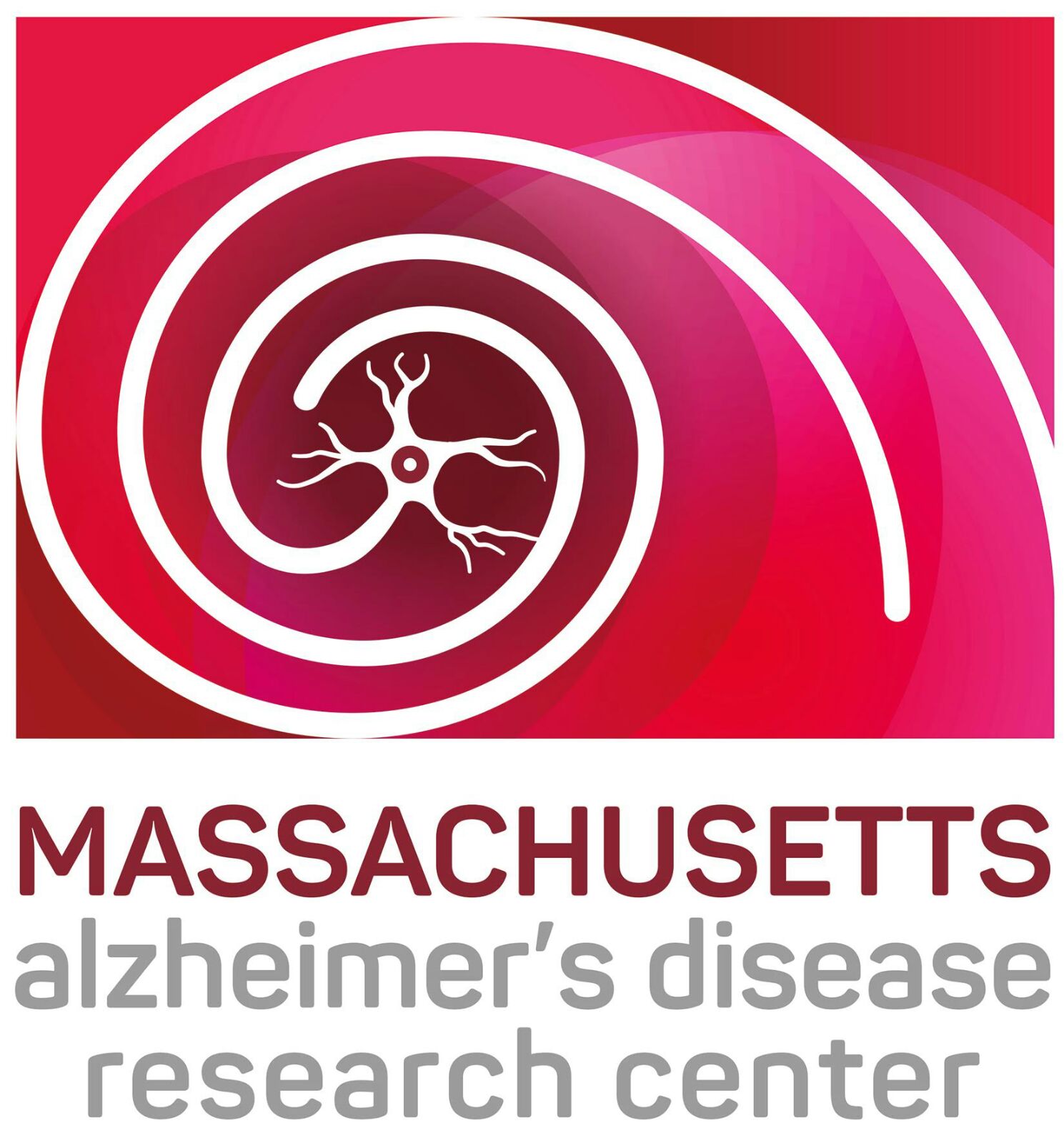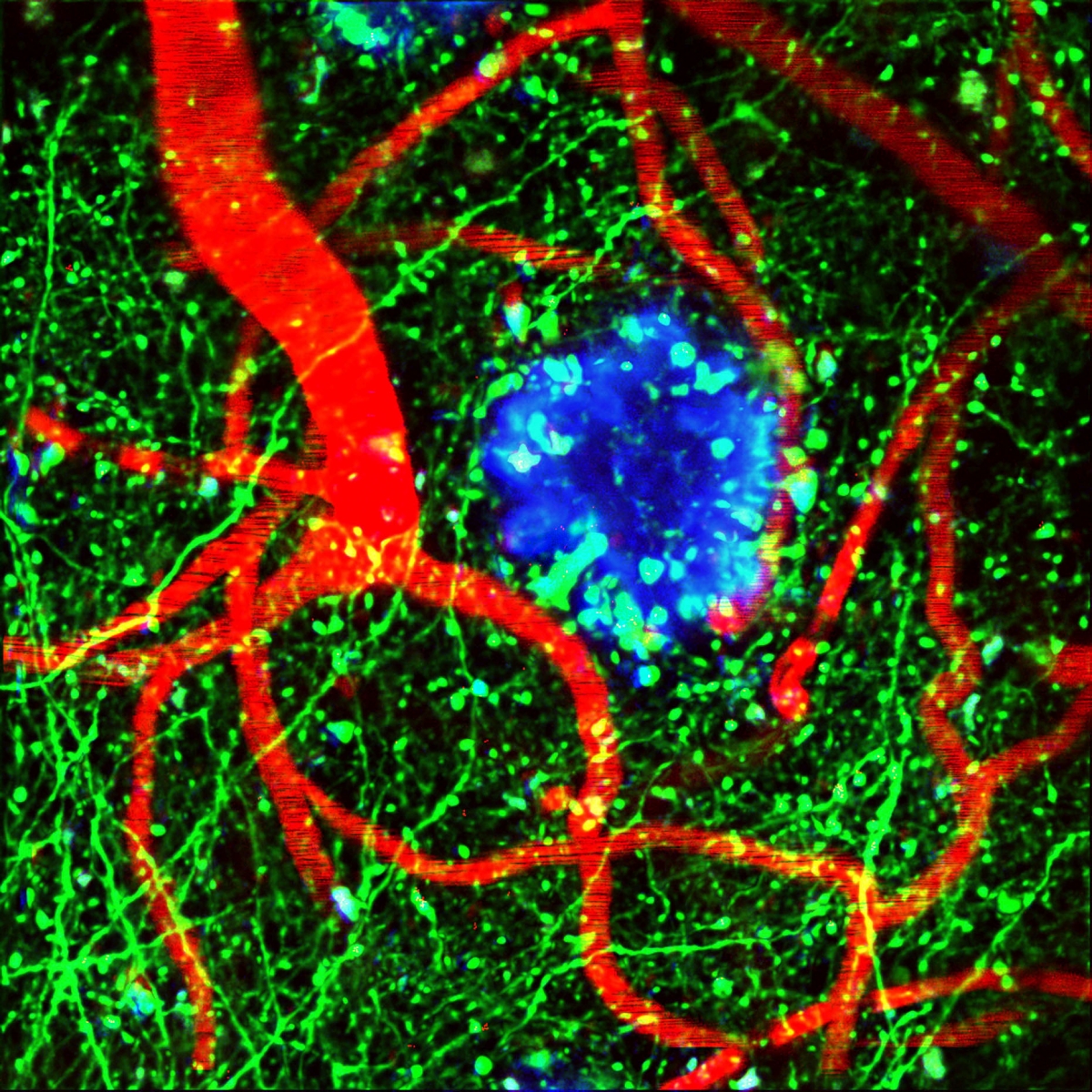Core D: Neuropathology
The Neuropathology Core serves the needs of the Massachusetts ADRC (MADRC) and supports Alzheimer research by providing diagnostic validation of clinical assessments and providing tissue and other biospecimens to investigators. From inception, a central mission of the Core has been to serve as a brain bank – with “deposits” (conducting and reporting accurate, detailed neuropathological examinations of brains from subjects followed by the Clinical Core, as well as others referred to the Core) and “withdrawals” (distributing tissue to investigators).
These activities also provided an outstanding environment in which to train clinical and experimental neuroscientists (including neuropathologists and neurologists) in the diagnosis and study of neurodegenerative diseases. These broad goals remain the focus of the Core, along with novel approaches to enhance the value of tissue to a wide range of investigators.
Catalyze (Aims 1-4): The first four Aims represent the essential and required functions of the Core: performance of high quality diagnostic neuropathology accompanied by tissue collection and distribution as well as data sharing. These Aims depend on interactions with all the other Cores of the MADRC and allow us to acquire tissue resources for use in Projects 2 and 3.
Aim 1: To establish an accurate neuropathologic diagnosis on all brains received, including standardized reporting and clinicopathological correlation, with reporting to the Clinical Core and families;
Aim 2: To maintain and distribute brain tissue and other biospecimens prepared in a standardized manner for investigators studying AD and related disorders;
Aim 3: To participate in cooperative ventures with other groups studying neurodegenerative diseases, both human and animal models, including other Alzheimer Centers (ADRCs & ADCs), NACC, other NIH-funded Centers and groups focused on neurodegenerative diseases, as well as other consortia and individual investigators;
Aim 4: Provide neuropathologic data to Cores and Projects within the MADRC and to NACC;
Innovate (Aims 5-7): While frozen and fixed tissue, as well as routine histologic sections, has great value for investigators, there are structural questions which cannot be answered without higher resolution methods. This is particularly true as the emphasis shifts away from end-stage disease with extensive plaque and tangle burden and towards more subtle changes. We have already developed array tomography for human autopsy tissue and will continue to refine this and expand our collection of appropriately processed samples (interaction with Projects 2 and 3). We will also work with the Histopathology Imaging Facility of the MGH Pathology Service to draw on their novel approaches to image capture, management, display and analysis. Finally, we have developed relationships with the Nurse’s Health Study and the Harvard Study of Aging to determine the feasibility of autopsy recruitment of research-committed aging individuals.
Aim 5: To expand the collection, distribution and use of samples prepared for novel methods of high resolution microscopy (array tomography) to address aspects of early stage structural abnormalities in neurodegenerative diseases;
Aim 6: To explore the use of novel approaches to digital microscopy in order to facilitate collaborative studies;
Aim 7: Pilot brain donation program extensions of large epidemiologic studies of aging adults;
Educate (Aims 8-9): Career development of clinical and experimental neuroscientists focused on neurodegenerative diseases has long been a focus of the Core, and is an essential contribution of this Core to the larger community aiming to diagnose, treat and prevent AD. The Core will continue to participate in the education of other professionals, with an emphasis on the pathological basis of neurodegenerative disease as well as the importance of autopsy. These educational activities are executed in collaboration with the Administrative Core, the Clinical Core and the Recruitment and Education Core.
Aim 8: To train neuropathologists to be experts in the neuropathology of dementing disorders;
Aim 9: To educate health-professionals about AD and on the importance of brain donation.
All together, these aims allow the Core to contribute to ameliorating the suffering associated with AD and related disorders.

